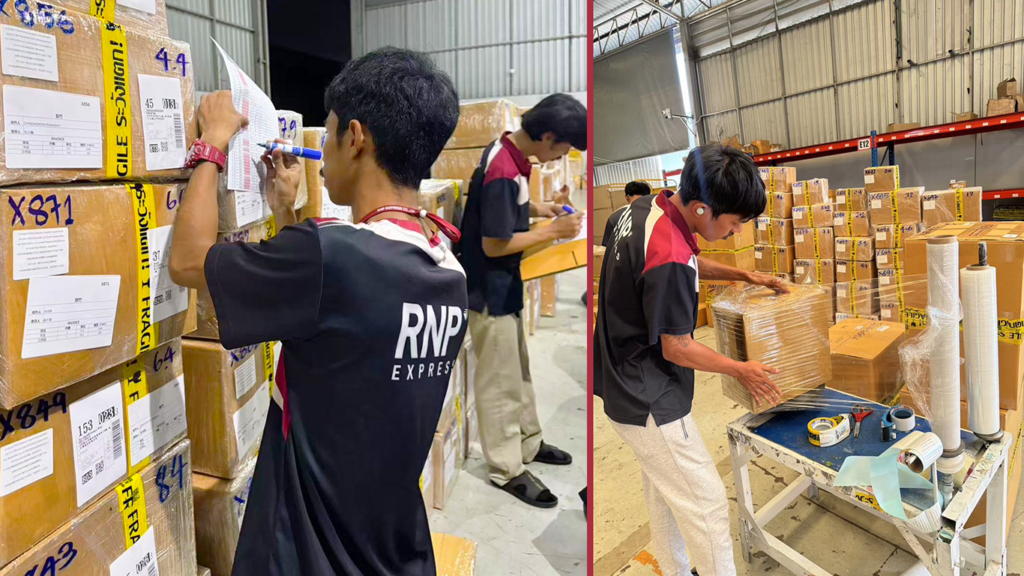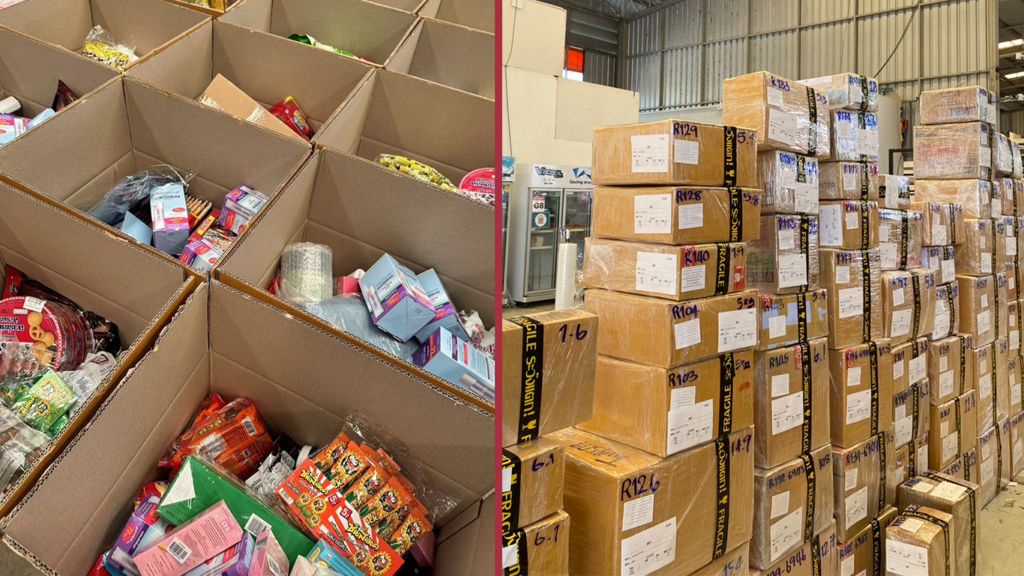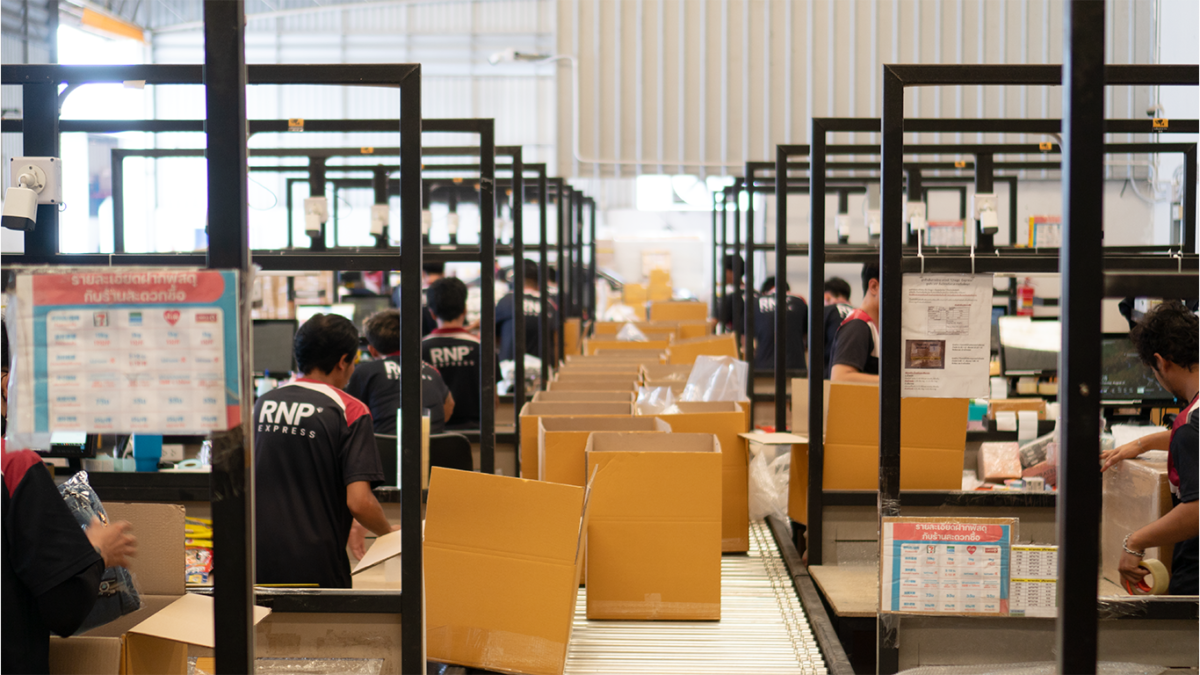What is a Packing List? Why is it necessary to have a packing list before importing or exporting goods abroad?
Exporting goods abroad requires the preparation of complete and correct documents. Packing List is another important document that cannot be missed. Because it is a document that provides details about the packaging of the product, whether it is the size of the parcel box, the weight of the product, the number of products, and the details of the products inside the package. To facilitate customs officials to use it for inspection conveniently, reduce the delivery time effectively. This article will take readers to learn what Packing List is, when to use it, what is its benefit, what information must be included, so that they can be prepared before creating the packing list before exporting from the warehouse to the customer’s hands. And understand more about Invoice Packing List Let’s see.

Highlight
- Packing List is a document that shows details of all products in the package before export, which is often used in international trade. Thai people know it as “Packaging List”.
- Packing List contains important details of the package, such as net weight, gross weight, volume, number of packages, marks on the package, along with the signature of the exporter.
- Packing List should be attached every time goods are imported or exported to facilitate the inspection of goods and increase the speed of delivery. The document can be issued immediately with the invoice.
- Packing List helps reduce the risk of lost or damaged goods, facilitates customs officers’ work, and facilitates claiming compensation in case of damaged goods.
- Invoice and Packing List are different in terms of details in the document and purpose of use. Invoice will involve the price of the goods and payment terms, which are used for finance and accounting.
- What is Packing List?
- When to use Packing List? Is it necessary to use it every time you export?
- What is the benefit of Packing List?
- What must be specified in Packing List?
- What is the difference between Packing List and Invoice?
- Puka logistics is ready to help with Packing List and export.

What is a Packing List?
Packing List or Packing Slip is a document that Thai people know as “Packaging Invoice”. It is an important document for showing details of all products contained in the package before importing and exporting. It is generally used in international trade businesses, such as sending goods to England, sending goods to China, sending goods to America, etc. The information in the Packing List is the details of the goods being transported, such as product details, number of packages, net weight, gross weight, etc. In addition, the Packing List also helps facilitate exports in many aspects, such as preparing employees before sending goods, as well as increasing the speed of customs inspections.
When to use Packing List? Is it necessary to use it every time you export?
After understanding what a Packing List is, many people may still have additional questions about whether a Packing List is necessary to use every time. Although Incoterms or international trade terms do not specify the need to use a Packing List, for smooth operations, exporters must use a Packing List every time. This sheet can be issued together with a Commercial Invoice immediately.
What are the benefits of a packing list?
Packing List is an important document that has many benefits for both exporters, importers, and agencies involved in the transportation of goods. Packing List has the following benefits:
Helps exporters check the correctness of the goods before shipping to reduce the chance of errors.
Helps facilitate the management of the exporter’s inventory.
Helps reduce the risk of lost or damaged goods because the Packing List is a document that specifies the details of the goods accurately.
Helps customs officers to inspect the goods more easily and quickly, effectively reducing the delivery time.
In the case of damaged or defective goods, the packaging invoice will help consider compensation.
What must be included in a packing list?
Examples of specifying details of exported goods (Packing List) must include the following information:
Name, address of both the exporter and the importer
Date of issuance of the packing list, document number, reference order number and invoice number
Name and details of the goods (Description)
Net weight of each product (Net Weight)
Gross weight of the product and packaging (Gross Weight)
Volume of the product (Measurement)
Number of packages (Number of Packages)
Marks on the packages (Shipping Mark)
Signature of the exporter and the company’s seal
What is the difference between Packing List and Invoice?
After seeing what information a Packing List must contain, many people may wonder if this document is similar to an invoice. However, the two documents are slightly different in terms of the information that must be included and the purpose of the document. The details are as follows:
Packing List
Packing List is a document that must specify the list of products, number of products, net weight, gross weight, box size, box number, as well as information of the buyer and seller. The purpose is to facilitate the transportation and inspection of products to proceed smoothly.
Invoice
Invoice is an invoice document that specifies content similar to Packing List, but has additional information, namely product price and payment terms. Its purpose is for financial and accounting purposes.
Exporters do not need to attach an invoice to customers because if customers see details about the cost of producing the product, it may make the next negotiation difficult for the exporter. However, some exporters may use the Invoice Packing List document, which is a document that combines information from both Invoice and Packing List so that the buyer receives complete documents at once.
In conclusion, Invoice & Packing List are documents that are different in terms of product price details. Invoice is used for financial verification, and Packing List is used for verification of product export. Exporters may also use the Invoice Packing List document format to combine information from both documents at once.
PUKA Logistics is ready to support with packing list and International Delivery.
Packing List is a “packing list”, a document that shows product details to facilitate exporting products abroad. The document will specify information such as exporter and importer information, product information, net weight of the product, total weight of the product, number of packages, marks on the package, along with the exporter’s signature or the exporter’s company stamp. Packing List is beneficial to both exporters and importers, helping to make exports faster and smoother, as well as helping to consider compensation in case of damaged or defective products. Therefore, exporters should make a packing list document every time they export products to help make exports more efficient. For businesses that want to export products abroad, whether near or far, we recommend using RNP Express, an express delivery service to foreign countries that will help your product exports go smoothly. We provide consultation and Packing List document preparation services with a team of experts, providing comprehensive services from document preparation to product export. You also don’t need to waste time traveling to the shipping company yourself because we have a free parcel pickup service throughout Bangkok, making exporting products easy. For more information, please contact 0658251888
🌏 Ship Large Cargo from Thailand to the World
🧾 Customs Clearance Made Easy Worried about documentation, taxes, or port clearance delays? Our expe…
Thailand → China – FCL/LCL Shipping
Thailand to China – Looking to Ship Containers from Thailand to China? We Make It Simple. If y…
Trump’s New Tariff Policy in 2025: What Thai Exporters Need to Know
🛑 What Is a Tariff? A tariff is a tax added to goods that come from other countries. If the U.S. add…
Shipping Between Taiwan and Thailand
Shipping Between Taiwan and Thailand The trade relationship between Taiwan and Thailand is growing s…




